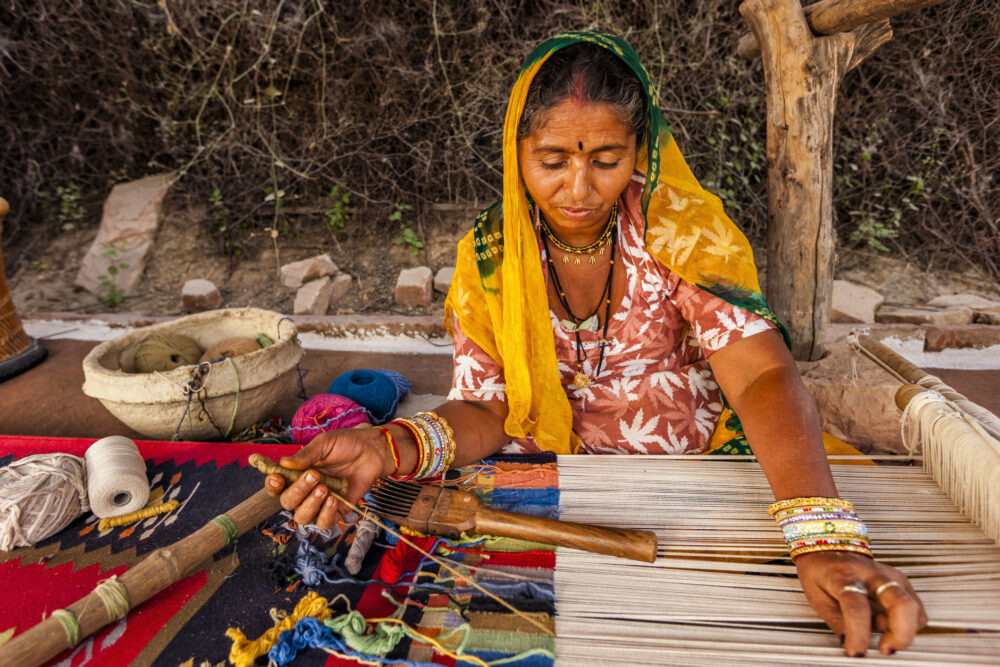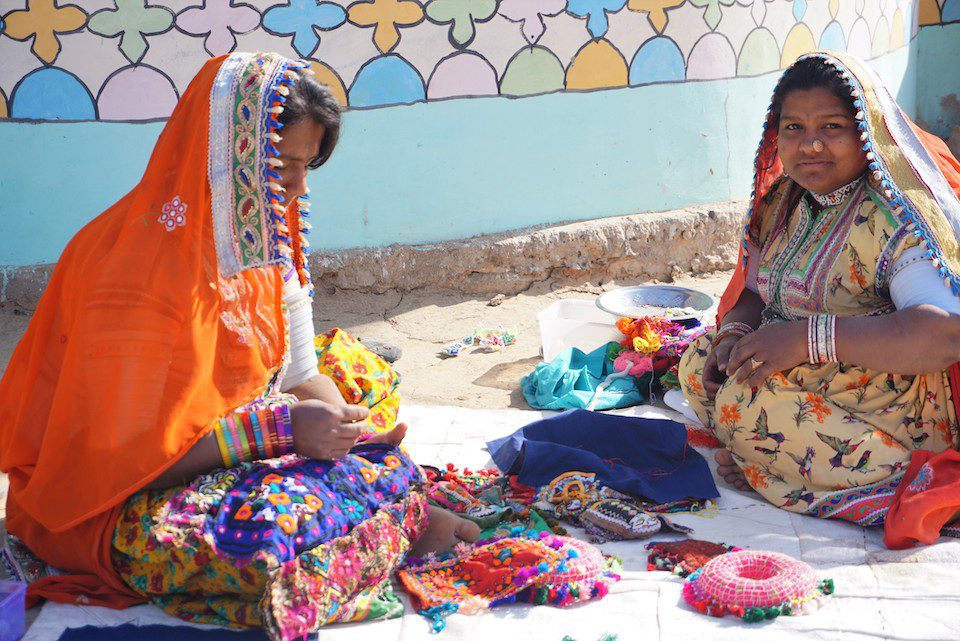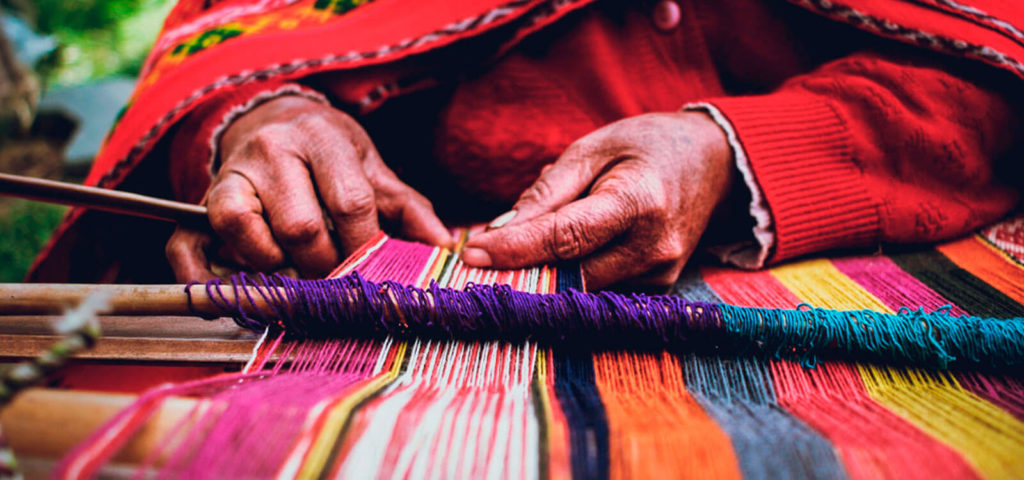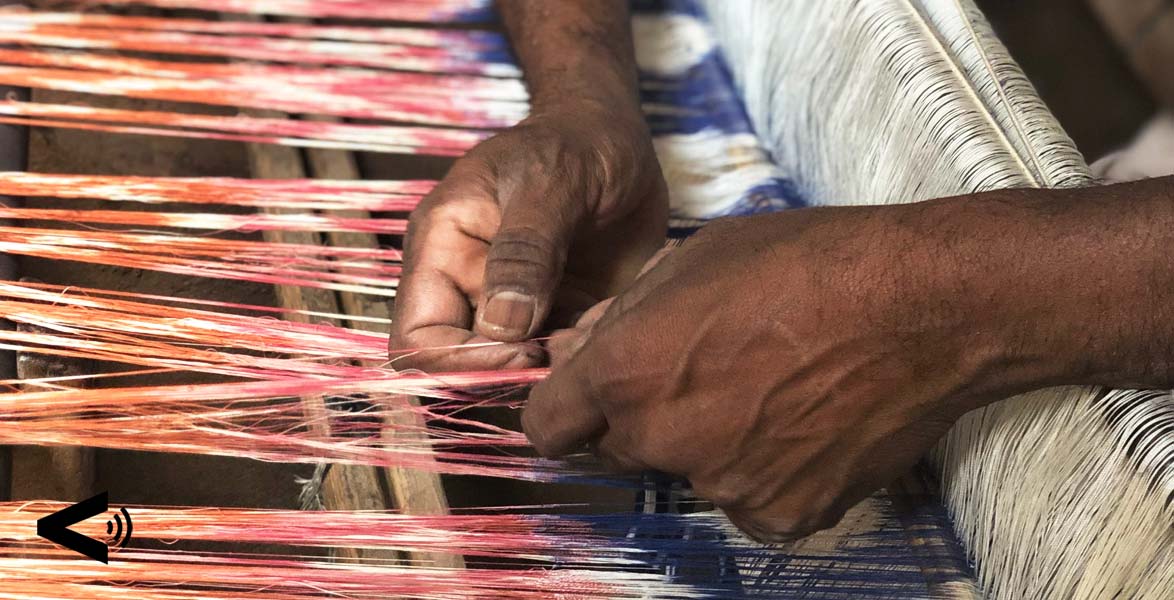In an era of rapid industrialization and fast fashion, the role of artisans in preserving traditional textile techniques has never been more critical. These skilled craftsmen and women are the guardians of cultural heritage, ensuring that ancient methods of weaving, dyeing, and embroidery are not lost to modern, mechanized processes. This blog explores the invaluable contribution of artisans in maintaining and revitalizing traditional textile techniques, highlighting their significance in the contemporary fashion landscape.
The Importance of Traditional Textile Techniques
Traditional textile techniques are more than just methods of production; they are a repository of cultural history and identity. Each region has its unique styles, motifs, and processes that have been passed down through generations. These techniques often involve intricate handwork and natural materials, reflecting a deep connection to the local environment and culture.

Artisans as Custodians of Heritage
Artisans play a pivotal role in preserving these time-honored techniques. Their expertise and dedication ensure that traditional methods are kept alive and continue to evolve. Here are some key ways artisans contribute to the preservation of traditional textiles:
- Mastery of Craft
Artisans possess a profound understanding of their craft, honed through years of practice and apprenticeship. This mastery allows them to maintain the authenticity and quality of traditional textiles, which mass production often fails to achieve. - Transmission of Knowledge
The transmission of knowledge from one generation to the next is essential for the survival of traditional techniques. Artisans teach younger generations the skills and secrets of their craft, ensuring that these methods are not lost over time. - Adaptation and Innovation
While preserving traditional methods, artisans also adapt and innovate to meet contemporary demands. By blending traditional techniques with modern designs, they create unique, culturally rich products that appeal to today’s consumers.
For more insights into the stories behind various Indian textiles, check out our blog on Textiles of India: Stories Behind Various Textiles.

Challenges Faced by Artisans
Despite their crucial role, artisans often face significant challenges. The rise of fast fashion and industrialization has led to a decline in demand for handcrafted textiles. Additionally, inadequate financial support and recognition can make it difficult for artisans to sustain their craft.
- Economic Pressures
The economic pressures of modern society can force artisans to abandon their craft in search of more lucrative employment. Ensuring fair wages and providing financial support is essential to keep these traditional techniques alive. - Lack of Market Access
Many artisans struggle to reach broader markets due to limited access to resources and marketing channels. Building networks and platforms that connect artisans with global consumers can help sustain their livelihoods.

Supporting Artisans and Traditional Techniques
To preserve traditional textile techniques, it is crucial to support the artisans who keep these practices alive. Here are some ways to support these skilled craftsmen and women:
- Fair Trade Practices
Adopting fair trade practices ensures that artisans receive fair compensation for their work. This support helps them continue their craft and improve their quality of life. - Promotion and Awareness
Promoting traditional textiles and raising awareness about their cultural significance can drive demand for these unique products. Fashion brands and consumers play a vital role in supporting artisans by choosing handcrafted textiles. - Collaborations and Partnerships
Collaborations between artisans and designers can lead to innovative products that blend tradition with modernity. Such partnerships can also provide artisans with new opportunities and exposure.
For more on how global textile practices influence modern design, visit our blog on Blending Traditions: The Influence of Global Textile Practices on Modern Design.
The Resurgence of Handloom Fabrics
The resurgence of handloom fabrics in modern fashion is a testament to the enduring appeal of traditional textiles. Handloom fabrics, with their unique textures and patterns, are finding a place in contemporary wardrobes. This revival is not only a celebration of craftsmanship but also a step towards sustainable and ethical fashion.
To learn more about the revival of handloom fabrics, read our blog on The Resurgence of Handloom Fabrics in Modern Fashion.
Conclusion
The role of artisans in preserving traditional textile techniques is indispensable. Their dedication and skill ensure that cultural heritage is not lost to the mechanized processes of modern manufacturing. By supporting artisans through fair trade, promotion, and collaborations, we can help sustain these invaluable crafts for future generations.
For high-quality, ethically sourced fabrics and comprehensive textile solutions, visit locofast.com. Locofast is committed to supporting artisans and promoting traditional textile techniques, ensuring that these rich cultural practices continue to thrive in the modern world. Explore their website to discover how Locofast can support your journey in the world of textiles.
